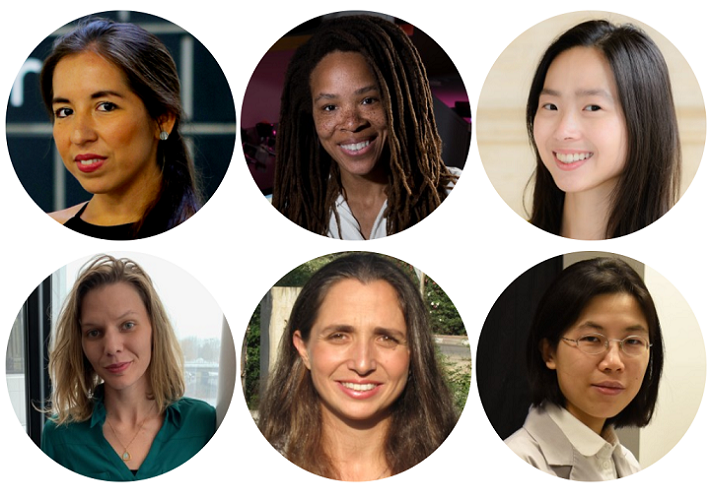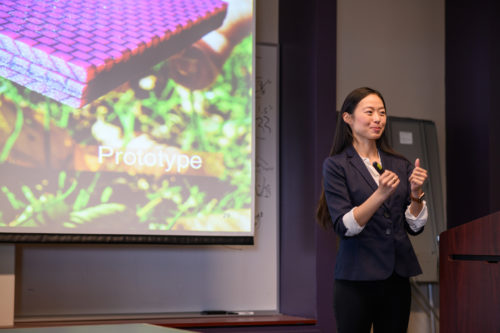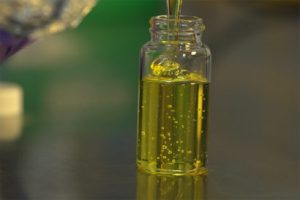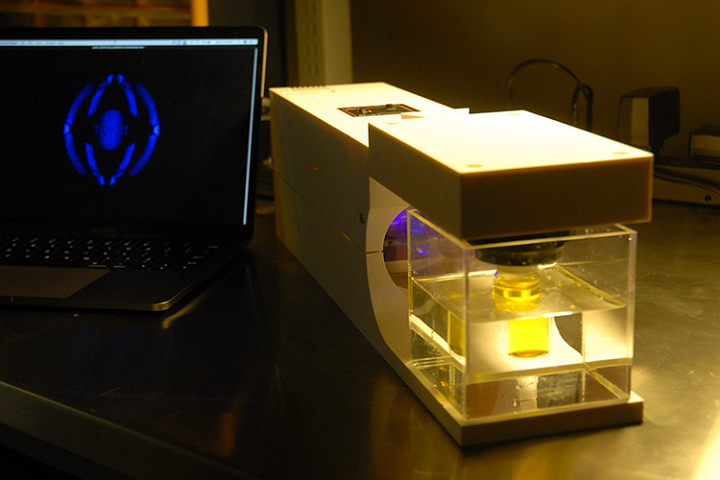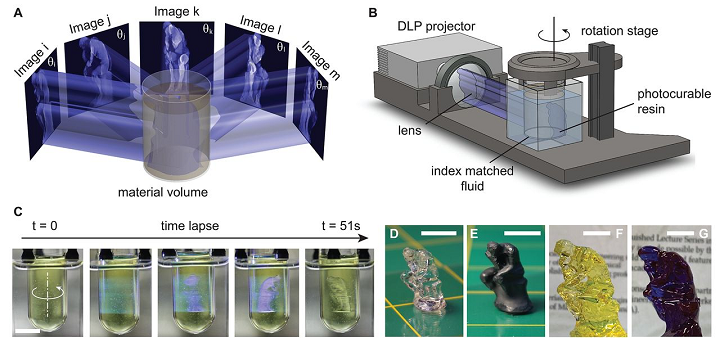In 2015, Johnson & Johnson launched the WiSTEM2D (Women in Science, Technology, Math, Manufacturing and Design) program in order to increase the representation of women in the scientific and technical fields, along with the development of female leaders. The unique, multifaceted program is meant to engage women at three important development phases of their lives: youth (ages 5-18), the university graduate level, and in their professional careers.
J&J began offering its WiSTEM2D Scholars Award in 2017, which is meant to fuel development of female leaders in STEM2D, as well as add to the talent pipeline. The award supports the winners’ research, while also inspiring other women to go down similar career paths in their own STEM2D fields. Now in its third year, nominations for the Scholars Award were accepted from female scholars in each of the STEM2D disciplines: Science, Technology, Engineering, Math, Manufacturing and Design. An independent Advisory Board was set up to choose the winners from over 400 international applicants, and the six winners were recently announced.
“Through this Award and other programs, Johnson & Johnson is working to increase the participation of women in STEM2D fields worldwide. We want to nourish the development of women leaders building a larger pool of highly-trained, female researchers so that they can lead STEM2D breakthroughs in the future,” said Cat Oyler, Vice President, Global Public Health, Tuberculosis, Johnson & Johnson and WiSTEM2D University Sponsor.
In addition to being recognized at an awards ceremony tonight at Johnson & Johnson’s worldwide headquarters in New Jersey, the winners – all assistant or associate academic professors, or the global equivalent of such – will each receive $150,000 in research funding, as well as three years of mentorship from Johnson & Johnson.
Just like Johnson & Johnson, we here at 3DPrint.com have also worked hard to highlight the 3D printing-related accomplishments of young girls and women in STEM and tech fields. That’s why I was thrilled to learn that one of this year’s winners is focused on manufacturing and 3D printing.
Each Scholars Award winner represents one of the STEM2D disciplines:
- Katia Vega, PhD, Assistant Professor of Design, UC Davis: while she’s already using the human body as a source of wearable technology, she’ll move on to experimenting with interactive skin and biosensors.
- Ronke Olabisi, PhD, Assistant Professor of Biomedical Engineering at Rutgers University: developing a new hydrogel that can be placed over an injury and constantly deliver insulin and stem cell growth factors for faster skin and tissue growth.
- Grace X. Gu, PhD, Assistant Professor of Mechanical Engineering at University of California, Berkeley: developing a smarter, more efficient 3D printer that can self-correct during a print job.
- Rebecca Morrison, PhD, Assistant Professor of Computer Science at University of Colorado, Boulder: identifying flexible algorithms that can run calculations on shifting variables more quickly and accurately.
- Naama Geva-Zatorsky, PhD, Assistant Professor of Medicine, Technion-Israel Institure of Technology: studying the interactions between the immune system and gut microbes.
- Shengxi Huang, PhD, Assistant Professor of Electrical Engineering, The Penn State University: developing one device to measure potential disease-causing biomolecules, like cancer cells.
Gu, who joined the UC Berkeley faculty in 2018, is looking to address the limitations in manufacturing and materials design with her smart, self-correcting 3D printer.
“I am really excited to build my research group at Berkeley, meet and mentor undergraduate and graduate students, teach foundational mechanical engineering classes, collaborate with exceptional faculty members within and outside the university, and work on 3D-printing projects with students to create a better tomorrow,” Gu said when she began her job at the university.
Gu received her BS in Mechanical Engineering from the University of Michigan in 2012, picking up an MS from MIT two years later and remaining at MIT to earn her PhD in Mechanical Engineering in 2018. According to UC Berkeley, her research interests include harnessing the power of “tools such as advanced computational analysis, machine learning and topology optimization to revolutionize the field of smart additive manufacturing.”
In her research group at the university, the work is focused on bio-inspired materials.
“The big goal is to develop materials that are inspired by nature, like seashells and bones, and discover new material combinations never before manufactured. These biomaterials possess remarkable mechanical properties that are yet to be replicated by man-made counterparts,” Gu said. “This way we can make implants, for instance, tailored to each individual with the properties necessary for structural integrity of the part—and push the frontiers of additive manufacturing.”
The work for which she received her WiSTEM2D Scholars Award is centered around building a smarter 3D printer. As Berkeley Engineering put it, she trained “a model for a smart 3D printer that can perform predictive diagnostics to ensure optimal printing quality.”
Gu is taking computer science concepts and applying them to manufacturing in order to create her smart 3D printer. The ultimate goal of this particular research is develop a 3D printer that’s able to correct mistakes by itself while working, while also using a wider range of materials in order to more quickly and reliably produce objects like tougher bike helmets and stronger prosthetics.
Discuss this story and other 3D printing topics at 3DPrintBoard.com or share your thoughts in the Facebook comments below.
[Images: Johnson & Johnson unless otherwise noted]


